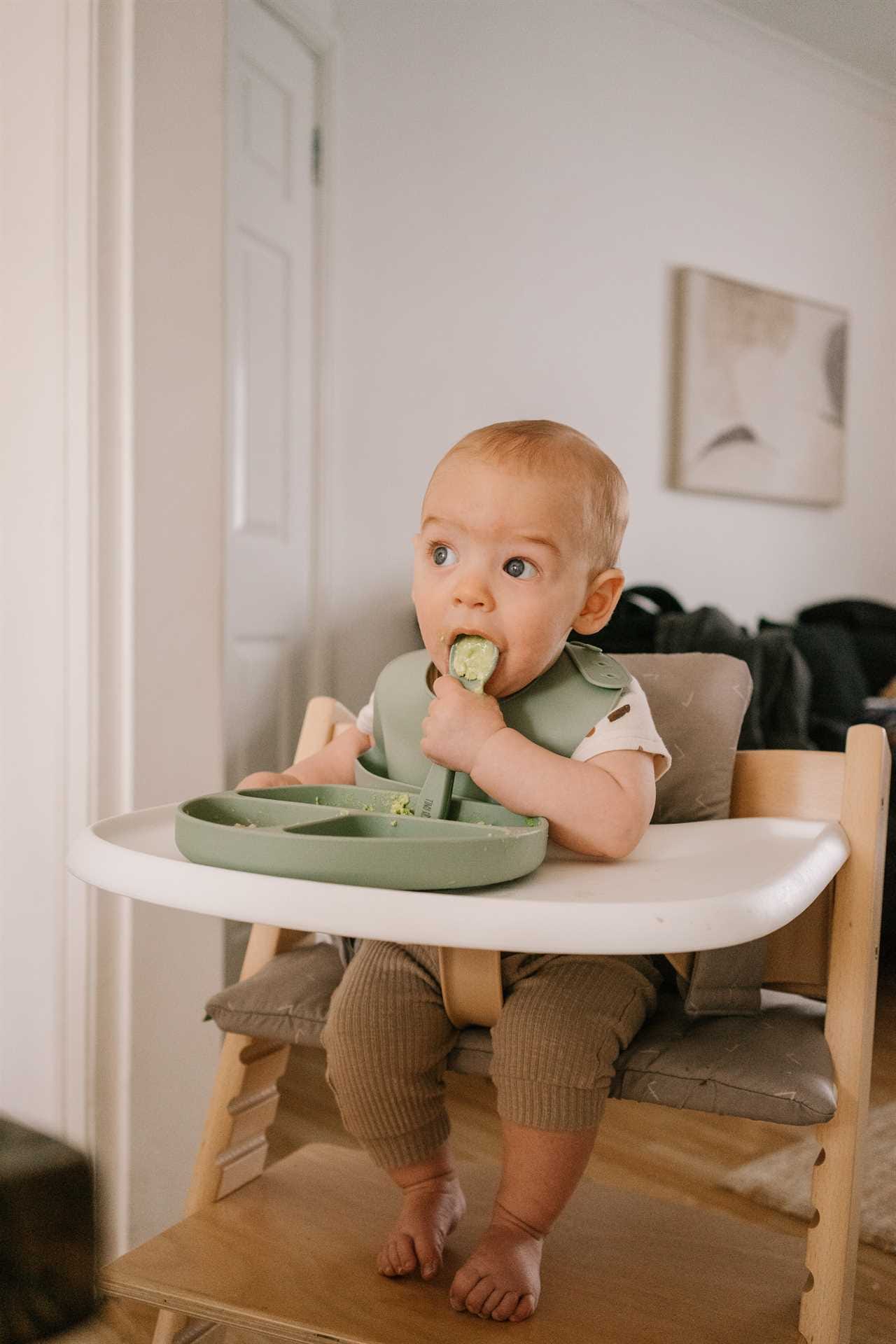Color and toy selection have a significant impact on a child’s development. Studies show that contrasting and vivid colors stimulate visual growth and help children associate color with specific objects. Additionally, appropriate toy colors enhance a child’s perception and interaction with their environment.
Toys that promote fine and gross motor skills aid in physical development, while those that encourage cognitive development contribute to problem-solving skills. It is essential for toys to be challenging yet suitable for a child’s developmental level.
Moreover, toys play a vital role in helping children meet and surpass their milestones, providing opportunities for exploration, experimentation, and skill acquisition.
Key Takeaways
- Contrasting and vivid colors stimulate and encourage a child’s visual growth.
- Toys with appropriate colors enhance the impact of toys on child development.
- Color plays a significant role in how children perceive and interact with their environment.
- Choosing toys with contrasting colors captivate and hold a child’s attention.
The Impact of Color in Toy Selection
Contrasting and vivid colors stimulate and encourage a child’s visual growth, making them an important factor to consider when selecting toys. Color psychology suggests that bright and contrasting hues have a significant impact on children’s sensory stimulation and cognitive development. These colors have stronger associations and help children associate color with specific objects.

Research shows that children are naturally drawn to toys with vibrant colors, as they captivate and hold their attention. Furthermore, color plays a significant role in how children perceive and interact with their environment. By incorporating colors that are visually stimulating, toys can enhance a child’s overall sensory experience and promote their cognitive and emotional development.
Therefore, when choosing toys for children, it is crucial to consider the power of color in supporting their growth and learning.
Developing Motor Skills Through Toy Selection
Using a variety of toys with different textures and shapes can aid in the development of motor skills in children. Here are four ways toy selection can improve fine motor skills through play:
Manipulative toys: Toys like knob, block, and peg puzzles require children to use their fingers and hands to manipulate and fit pieces together, improving their fine motor skills.

Building and construction toys: Toys like LEGO DUPLO blocks allow children to practice grasping, stacking, and assembling, which enhances their fine motor skills.
Sensory toys: Toys with different textures, such as squishy balls or textured puzzles, provide sensory stimulation and encourage children to explore and manipulate objects, improving their fine motor skills.
Play equipment for gross motor skills: Toys like jump ropes, balance boards, and climbing structures promote whole body movement, helping children develop their gross motor skills.
Toys That Promote Cognitive Development
Puzzles, matching games, and activity centers all contribute to a child’s cognitive development. These toys enhance problem-solving skills through play and have a significant role in cognitive development. By engaging in activities that require problem-solving, such as solving puzzles or matching games, children learn to think critically, analyze information, and make decisions.

These toys also play a vital role in sensory development, as they engage multiple senses simultaneously. Sensory toys, like those with different textures, sounds, or shapes, stimulate a child’s senses and promote cognitive growth. Through these toys, children develop their ability to observe, analyze, and interpret sensory information, which is crucial for cognitive development.
Therefore, incorporating puzzles, matching games, and sensory toys into a child’s playtime can greatly enhance their problem-solving skills and overall cognitive development.
The Importance of Toys in Meeting Developmental Milestones
To ensure children meet their developmental milestones, it is crucial to provide them with appropriate toys that support their growth and learning. Play has a significant role in cognitive development, and the right toys can enhance this process. Sensory toys, in particular, offer several benefits.
Sensory stimulation: Sensory toys engage multiple senses, such as touch, sight, and hearing, which promote brain development and sensory integration.

Language and communication skills: Sensory toys encourage children to explore and describe their experiences, helping to improve language and communication abilities.
Fine motor skills: Many sensory toys require precise movements and manipulation, strengthening fine motor skills and hand-eye coordination.
Emotional regulation: Sensory toys can provide a calming effect and help children manage stress and anxiety, promoting emotional well-being.
Using LifeCubby to Track and Support Child Development
LifeCubby’s innovative features allow educators and parents to effectively track and support the development of children. By using LifeCubby, parents and educators can enhance their communication and have a better understanding of a child’s progress.

LifeCubby provides a platform for tracking child development milestones, making it easier to monitor how children are mastering new skills. Through LifeCubby, parents can receive regular updates and reports about their child’s growth and progress.
This tool facilitates collaboration between parents and educators, ensuring that everyone is on the same page when it comes to supporting a child’s development. LifeCubby helps create a strong partnership between parents and educators, providing them with a shared platform to discuss and address any concerns or challenges that may arise.
With LifeCubby, tracking and supporting child development becomes a collaborative effort, resulting in better outcomes for children.
The Role of Toys in Social and Emotional Development
Playing with a variety of toys can contribute to the social and emotional development of children.

Toy selection for emotional intelligence: Toys that encourage role-playing, empathy, and emotional expression can help children develop their emotional intelligence.
The social benefits of playing with toys: Playing with toys provides opportunities for children to engage in pretend play, which allows them to practice social skills such as cooperation, communication, and problem-solving.
Toys that promote social interaction: Toys like board games and building sets that require multiple players can foster social interaction and collaboration among children.
Building emotional resilience: Toys that allow children to explore and express their emotions, such as dolls or stuffed animals, can help them develop emotional resilience and learn how to cope with different feelings.

Creating an Enriching Environment With Colorful Toys
Children thrive in environments filled with a vibrant array of colorful toys that stimulate their senses and encourage exploration. Creating sensory experiences through the use of color is essential for child development.
Research suggests that contrasting and vivid colors not only stimulate a child’s visual growth but also help them associate colors with specific objects. Bright and captivating toys hold a child’s attention, promoting imaginative play and cognitive development. Toys with appropriate colors enhance the impact on a child’s development by contributing to problem-solving skills and cognitive abilities.
Additionally, these toys facilitate the development of fine and gross motor skills, improving a child’s overall physical coordination. By providing a colorful and enriching environment, parents and educators can support children in their exploration and learning journey, fostering their creativity, curiosity, and overall development.
Did you miss our previous article…
https://foozzilla.com/the-power-of-adult-child-interaction-in-learning/






